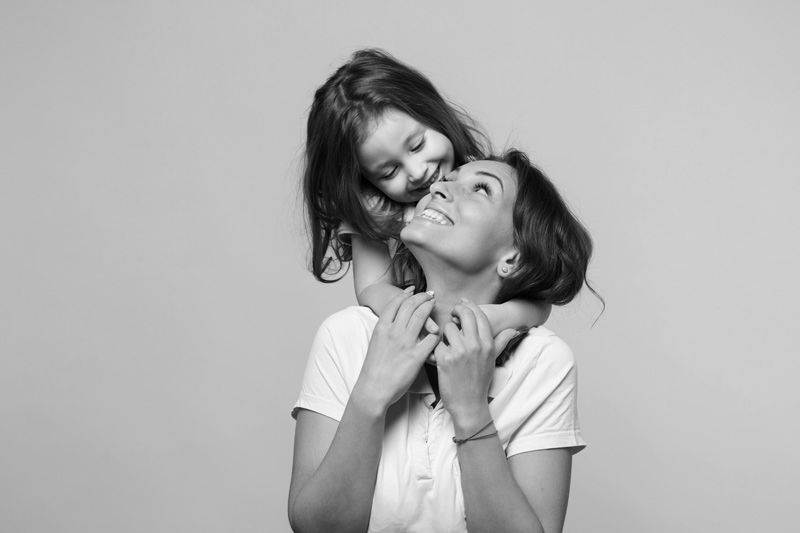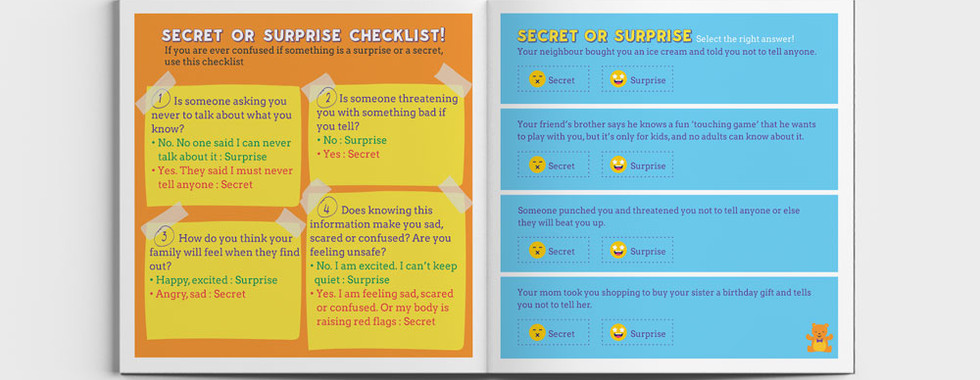Babies enter this world with high sensory perception, limitless curiosity and no known fear. As they grow, they are forever exploring everything – touching, feeling, sensing and understanding the world around them. As their parents and caretakers we are always looking out for their safety so they can freely move about without injury. They pick up cues of safety, danger or fear from observing others around them and their environment. As toddlers, they do not possess the speech ability to effectively articulate their feelings and mostly emote, leaving us to decode what each type of cry or screech or shout means. They will laugh loudly when they are excited seeing a new toy or maybe when a parent comes home after a work day or cry when the electricity goes leaving the room in darkness or express fear with a shout when they find themselves alone with no known face in the vicinity.

As they learn to walk, run, cycle, skate, swim and indulge in many physical activities, you teach them how to safeguard themselves. For example, wearing a helmet when they cycle or knee guards when they skate or wearing a float as they learn to swim. It is also crucial that you learn to be attentive when your child expresses a desire to not be touched. If he shies away from making any physical contact with someone, please respect his wishes even if that someone is a close family member. Children between the ages of 2 years and 7 years are in a constant learning stage and pick a vast variety of things from their surroundings. They are also at an age of schooling and spend a certain fixed amount of time away from the safety and security of their homes. Hence, it is very important that they understand the concept of body safety and be confident enough to say ‘no’ to anyone who makes them feel uncomfortable.
As a parent, conversations about body safety with your child should be constant, consistent, open and ongoing. Having ‘the talk’ only once is not enough. Be honest and let the conversation flow naturally multiple times as they grow to build a strong bond of trust so your child knows it is safe to speak about these subjects.
The Safety Book set
The Safety Book Set of 5 books from Coco Bear teach children how they can identify and communicate their feelings, educate them about their own bodies and even about safe and unsafe situations. When children are well-informed they become their own guardians in keeping predators away.
My child is too young!
As a mother, I have passed this phase with great difficulty. Yes, that was a constant battle in my mind as I was preparing myself to chat with my daughter. 'Will I scare her?', 'Will she understand this?' All such questions zoomed in my mind.
No Safety book set by Coco Bear back then!
As uncomfortable as I found to speak about this topic with my daughter, I recognised the need to equip her with age - appropriate information. It is an undeniable reality in our world and that makes our jobs as parents that much more significant. I have attempted to give a few pointers that can be addressed with toddlers and children, from my own experience and from what I have observed over the years with young parents.
Body Parts : When I was growing up, we were taught nicknames for certain body parts. I have realised the futility of this exercise. It is very important to teach your child the correct names of body parts. It makes them confident and comfortable with their own bodies. Also, in case your child is touched inappropriately, he will be able to clearly state where he was touched.
Understanding the term ‘Private’ : Explain to your child what the term ‘Private body parts’ means. My Gynaecologist explains it in very simple terms. All body parts covered by a swim suit are ‘private body parts’. Make your child understand that no one can touch them on their ‘private body parts’ except when either the mother or father helps bathe the child or in the toilet to clean him.
Distinguish between safe and unsafe : Discuss with your child the range of emotions he feels when feeling safe or unsafe. For example when he is cuddled with you at sleep time he feels safe. What does this mean to him? He feels warm, loved, happy. On the other side, how does he feel when someone pushes him on the slide ? Encourage him to expand on these feelings. This will define for him clearly the feelings of ‘Safe’ and ‘Unsafe’.
Stranger Danger : As common a warning phenomenon as it is, it’s, nevertheless, probably one of the most important aspects of safety. Broadly explain to your child that anyone who isn’t in the safety circle could be classified as a stranger. This can include people who live in the same building, community workers that you see everyday, grocery store owners and workers within your vicinity, even maids working at your home or even far away relatives who visit or meet once in a while, and of course, a complete stranger who the child has never seen before. Studies show that, in most cases, the perpetrator is someone known to the child. While teaching trust to your child, ensure that you include the correct amount of awareness in that lesson.
Secrets and Surprises : There is not too much difference between these two words in the English language. However, you can make a child friendly distinction between the two words to clearly make him understand what you are trying to say. Tell him surprises are happy and short. My daughter planned a birthday party for me about 4 years ago and she managed to keep it from me for 4 days. I had no idea what was going on. That was a ‘Happy Surprise’. Secrets are not to be told to anyone. Give him a clear example of a secret. Maybe an uncle gave him a chocolate just before a meal and told him to keep it a secret. Or maybe an elder cousin took him out without permission and told him to not tell anyone.
Build a Safety Circle : This means exactly what it says. Identify 5 or 6 adult members that your child is close to and has a loving bond with. This circle can include parents, siblings, grandparents, even trusted teachers. These people are the first responders at any time your child feels unsafe and wants to reach out for help. Equip your child with his Safety Circle and empower him to speak up.
It is never to too early to talk about Body Safety with your child. Reinforce that your child is the ‘boss of his own body’ through constant open conversations. Be available to discuss any and all topics that he wishes to.
Remember, predators and abusers love secrets and operate under the radar. Information and open communication are strong tools to help your child navigate in the outside world with ease and confidence.
At Coco Bear, our aim is to help you equip your little ones with the right knowledge in a fun and interesting way.
.png)












Comments